Gas tank truck emergencies can be highly dangerous and require careful handling to ensure the safety of everyone involved. These emergencies can range from accidents and spills to leaks and fires, and it is crucial to have a well-defined plan in place to handle them effectively. In this article, we will discuss the key steps and precautions to take when faced with a gas tank truck emergency, emphasizing safety as the top priority.
- Prioritize Personal Safety:
When encountering a gas tank truck emergency, the first and most critical step is to prioritize personal safety. Ensure that you are at a safe distance from the incident, ideally at least 500 feet away, to minimize the risk of injury. If you are inside a building nearby, evacuate immediately and move to a safe location. Always follow the guidance of emergency personnel and never approach the scene unless instructed to do so.
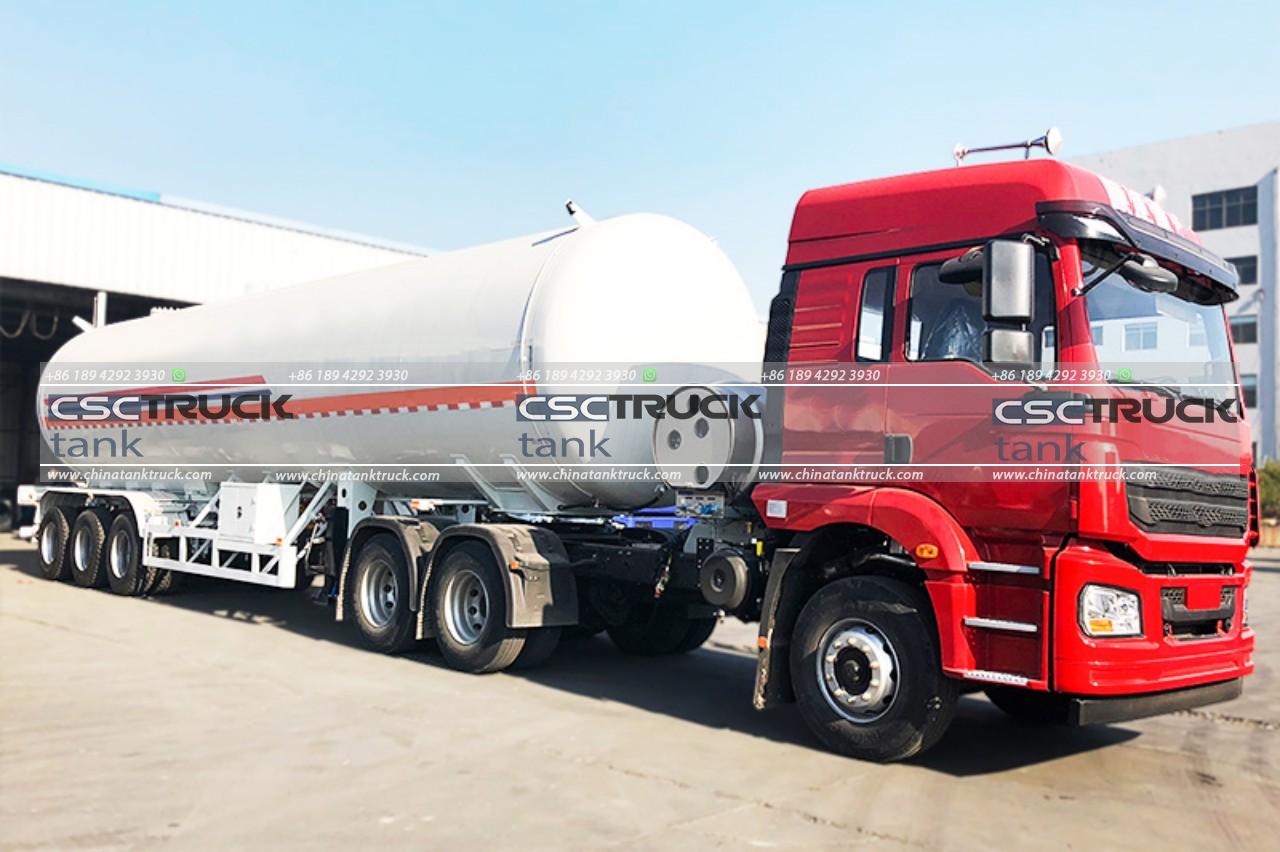
- Contact Emergency Services:
Immediately call the emergency services, such as the fire department and local authorities, to report the incident and provide them with accurate details about the situation. Be prepared to share the exact location, the type of emergency (spill, leak, fire, etc.), and any potential hazards involved. The sooner professional help arrives, the better the chances of managing the situation effectively.
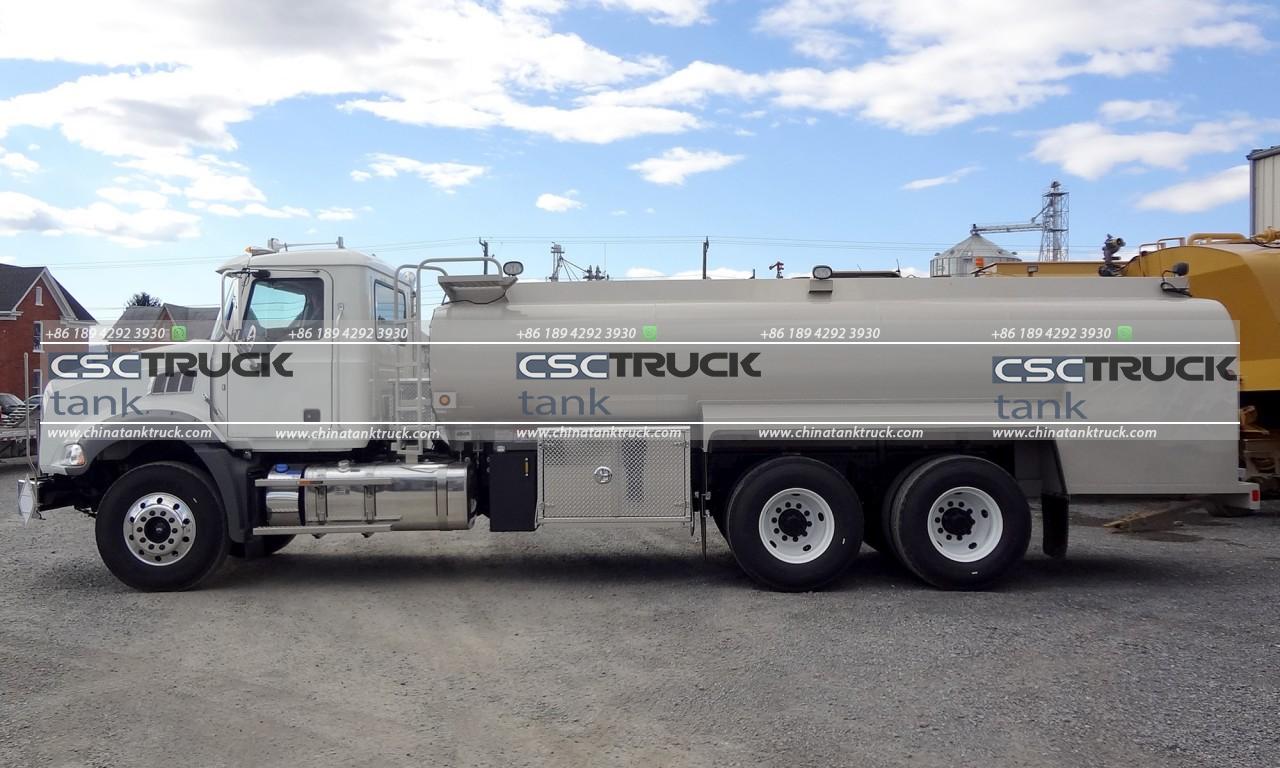
- Establish a Perimeter:
Once emergency services have been contacted, it is crucial to establish a perimeter around the incident to restrict access and protect the public. Use caution tape, cones, or barricades to mark off the area, preventing unauthorized individuals from getting too close to the danger zone. This will help minimize the risk of additional accidents or injuries.
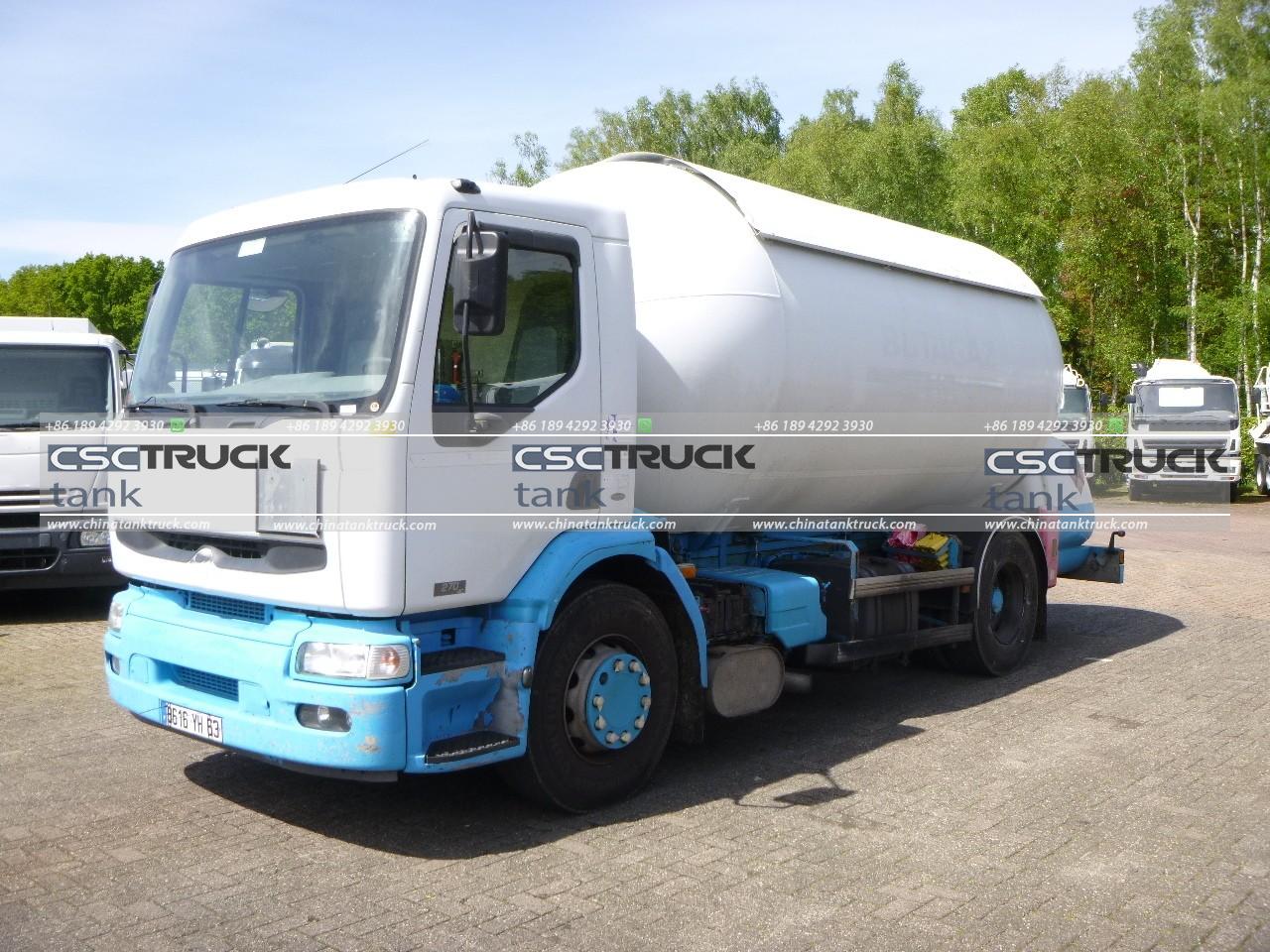
- Communicate and Coordinate:
Effective communication and coordination among all parties involved are vital in managing a gas tank truck emergency. Ensure that information is relayed promptly between emergency personnel, on-site responders, and relevant authorities. Establish a clear chain of command and designate specific roles for each individual to avoid confusion and streamline the response efforts.
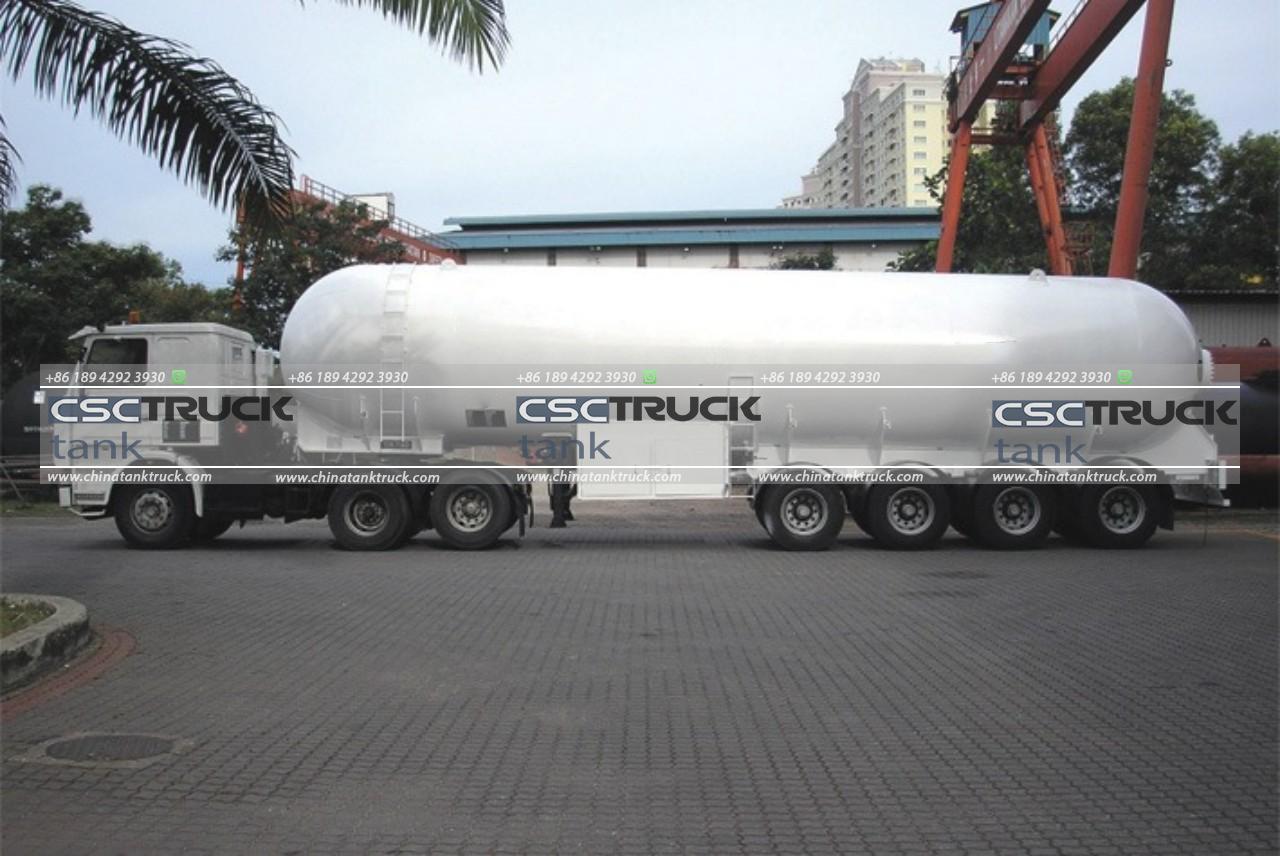
- Follow Proper Evacuation Procedures:
If the gas tank truck emergency poses an immediate threat to nearby residents or workers, evacuation may be necessary. Establish evacuation routes and communicate them clearly to ensure a swift and organized evacuation process. Designate assembly points where evacuated individuals can gather to be accounted for. Make sure to have a headcount and inform emergency responders of anyone missing or unaccounted for.
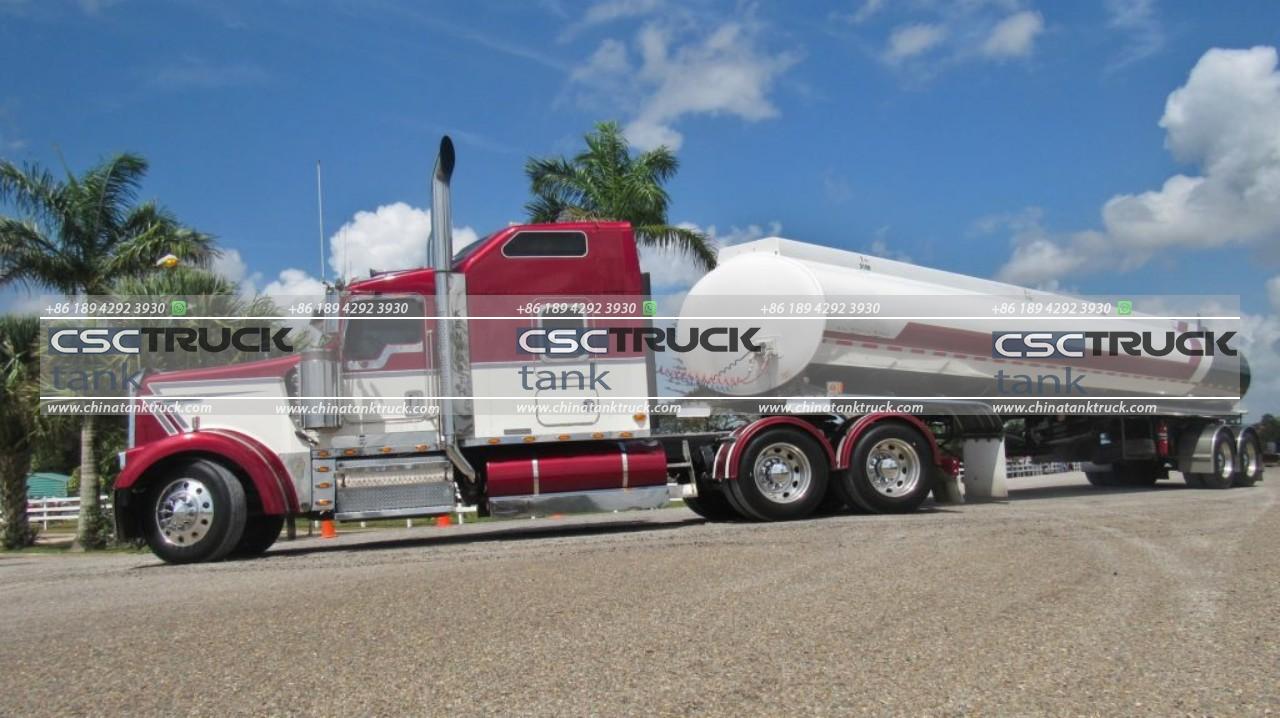
- Mitigate Hazards:
During a gas tank truck emergency, it is essential to take measures to mitigate hazards and prevent the situation from escalating. If there is a spill or leak, do not attempt to contain or clean it up unless you have proper training and equipment. Wait for the arrival of professional hazardous material responders who are trained to handle such situations safely. If there is a fire, keep a safe distance and do not attempt to extinguish it yourself unless you have received appropriate training and have the necessary equipment.
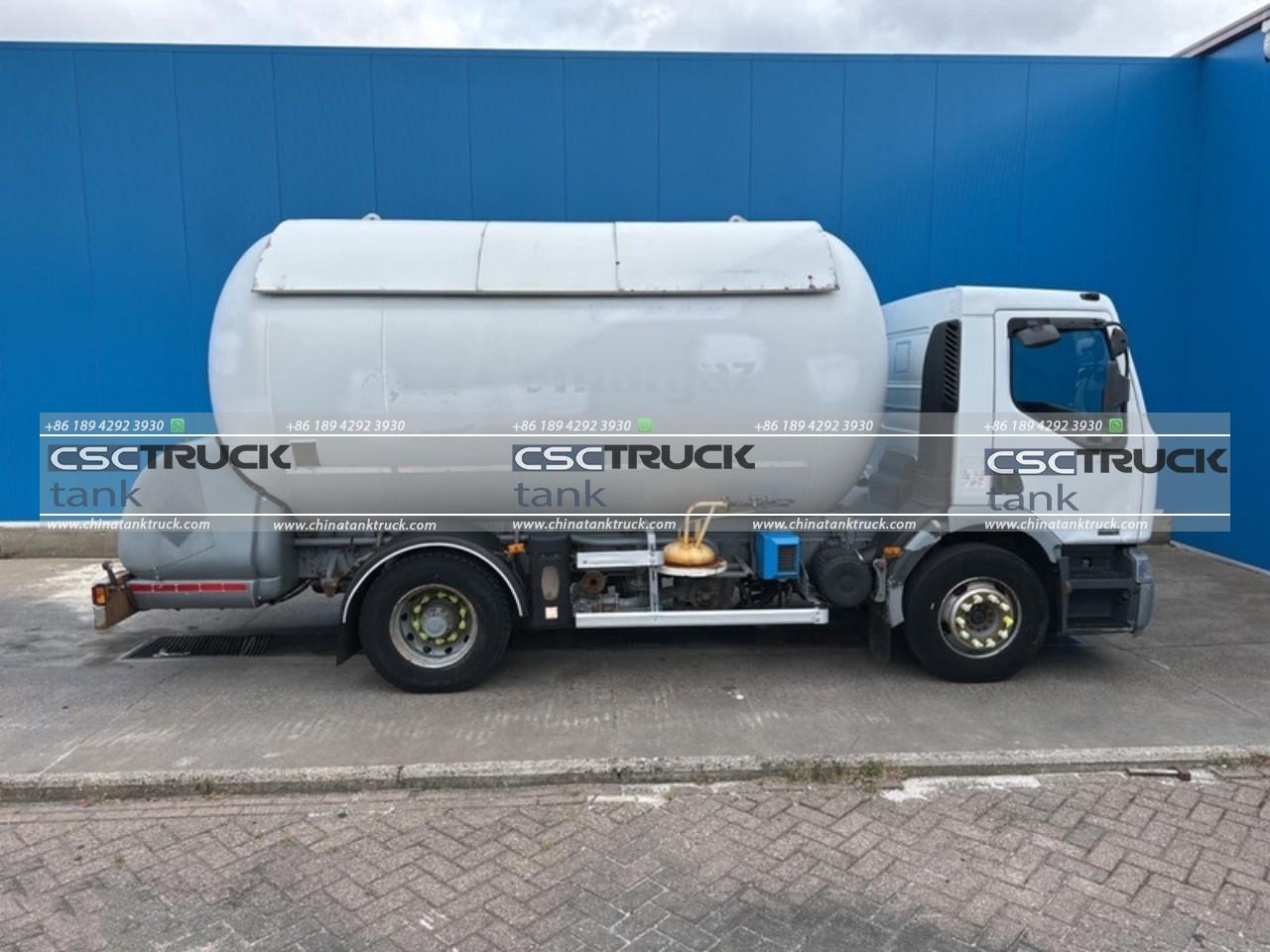
- Provide Information to Authorities:
As the incident unfolds, gather as much information as possible to assist the authorities in their response. Document the details of the emergency, including the time of occurrence, the sequence of events leading up to the incident, and any observations that may help determine the cause. This information can aid in investigations and prevent future incidents.
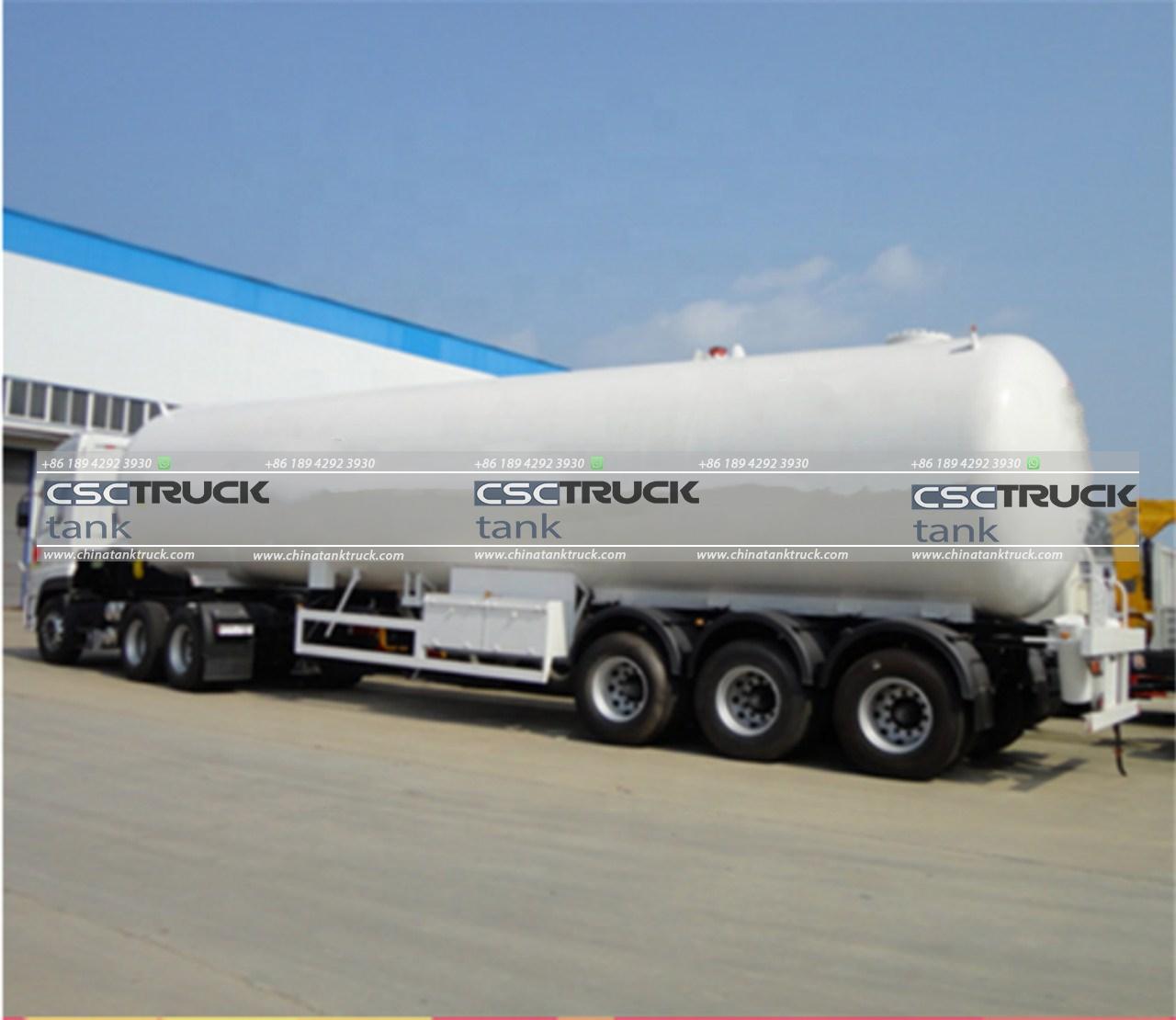
- Support Affected Individuals:
Gas tank truck emergencies can cause distress and anxiety among those directly affected. Offer support and reassurance to individuals who have been evacuated or are awaiting assistance. Provide clear instructions and keep them informed about the situation as much as possible. Consider providing counseling services or resources to help those affected cope with the emotional impact of the emergency.
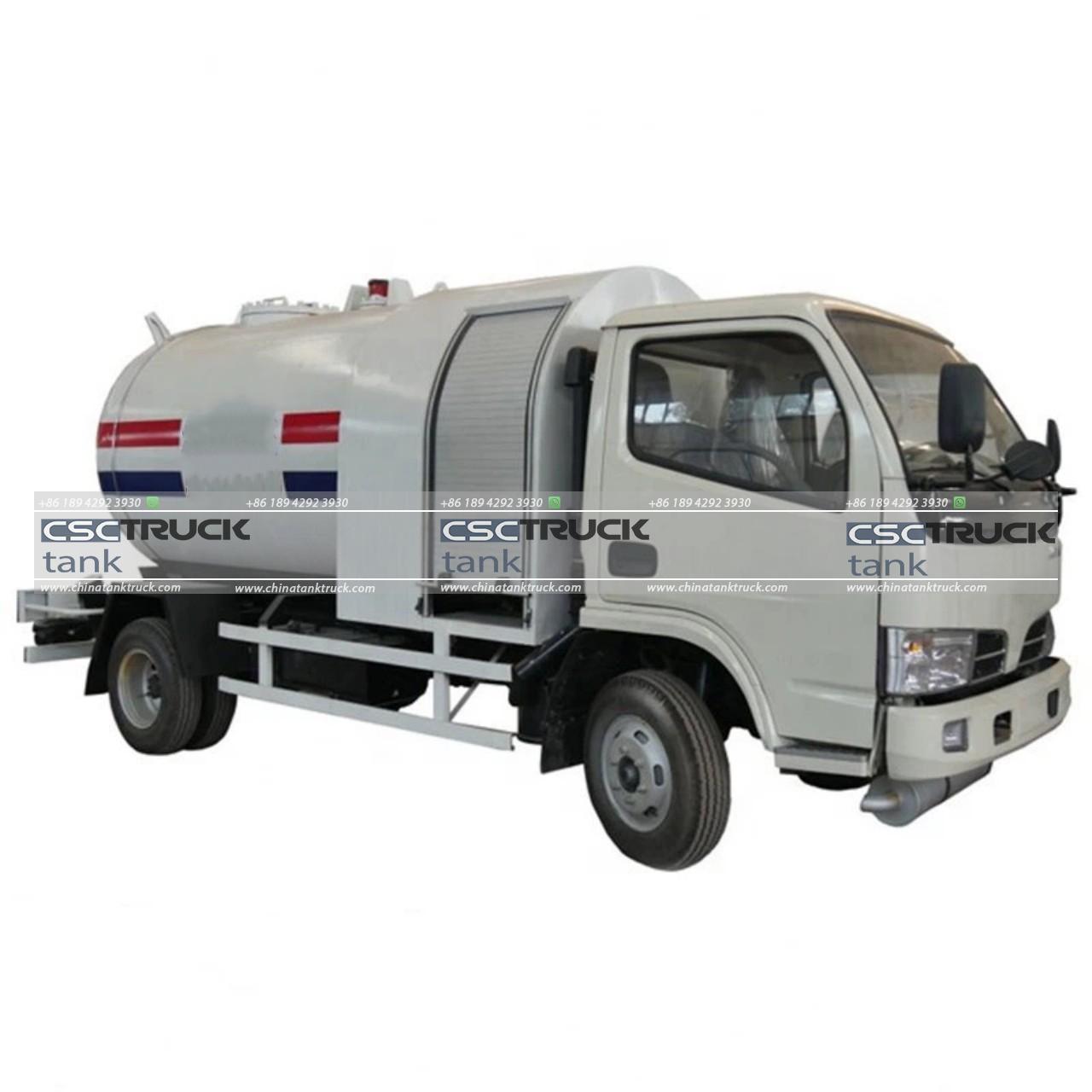
- Review and Improve Emergency Plans:
Once the gas tank truck emergency has been resolved, it is crucial to conduct a thorough review of the response efforts. Identify any shortcomings or areas for improvement and update emergency plans accordingly. Regularly reviewing and updating emergency plans is essential to ensure preparedness for future gas tank truck emergencies. This includes assessing communication protocols, evacuation procedures, coordination among response teams, and the availability and condition of safety equipment. Learn from the experience and incorporate lessons learned into training sessions and drills to enhance the overall response capability.
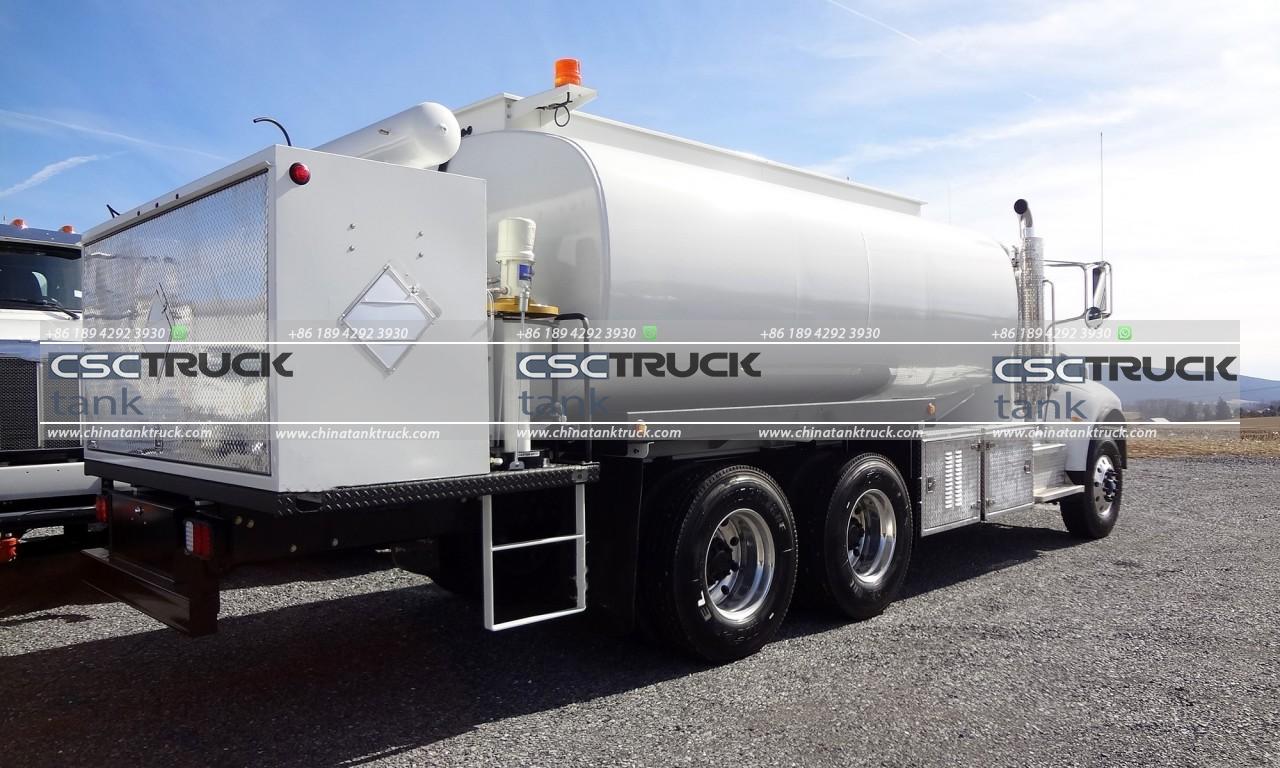
- Training and Preparedness:
Proper training and preparedness are key to handling gas tank truck emergencies safely. It is crucial for all individuals involved, including emergency responders, employees at nearby facilities, and even the general public, to receive appropriate training on how to respond in such situations. This includes understanding the hazards associated with gas tank trucks, recognizing signs of emergencies, and knowing the appropriate actions to take.
Emergency drills and exercises should be regularly conducted to practice response procedures and evaluate the effectiveness of emergency plans. These simulations can help identify any gaps in preparedness and provide an opportunity to address them before an actual emergency occurs.
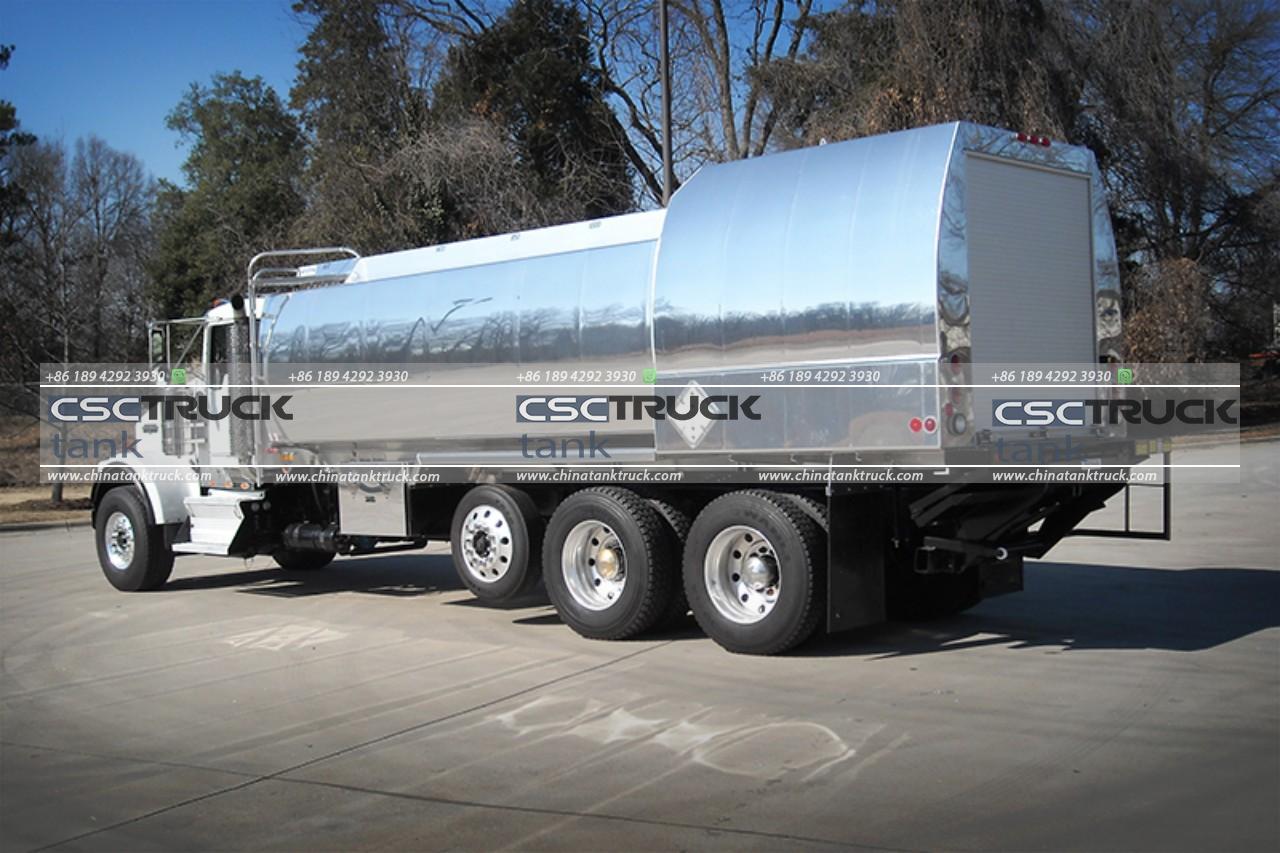
- Public Awareness and Education:
Increasing public awareness about gas tank truck emergencies and how to respond safely is essential. This can be achieved through community outreach programs, public information campaigns, and educational materials distributed to schools, businesses, and residential areas near transportation routes. Promote the importance of reporting any potential hazards or suspicious activities related to gas tank trucks to the relevant authorities promptly.
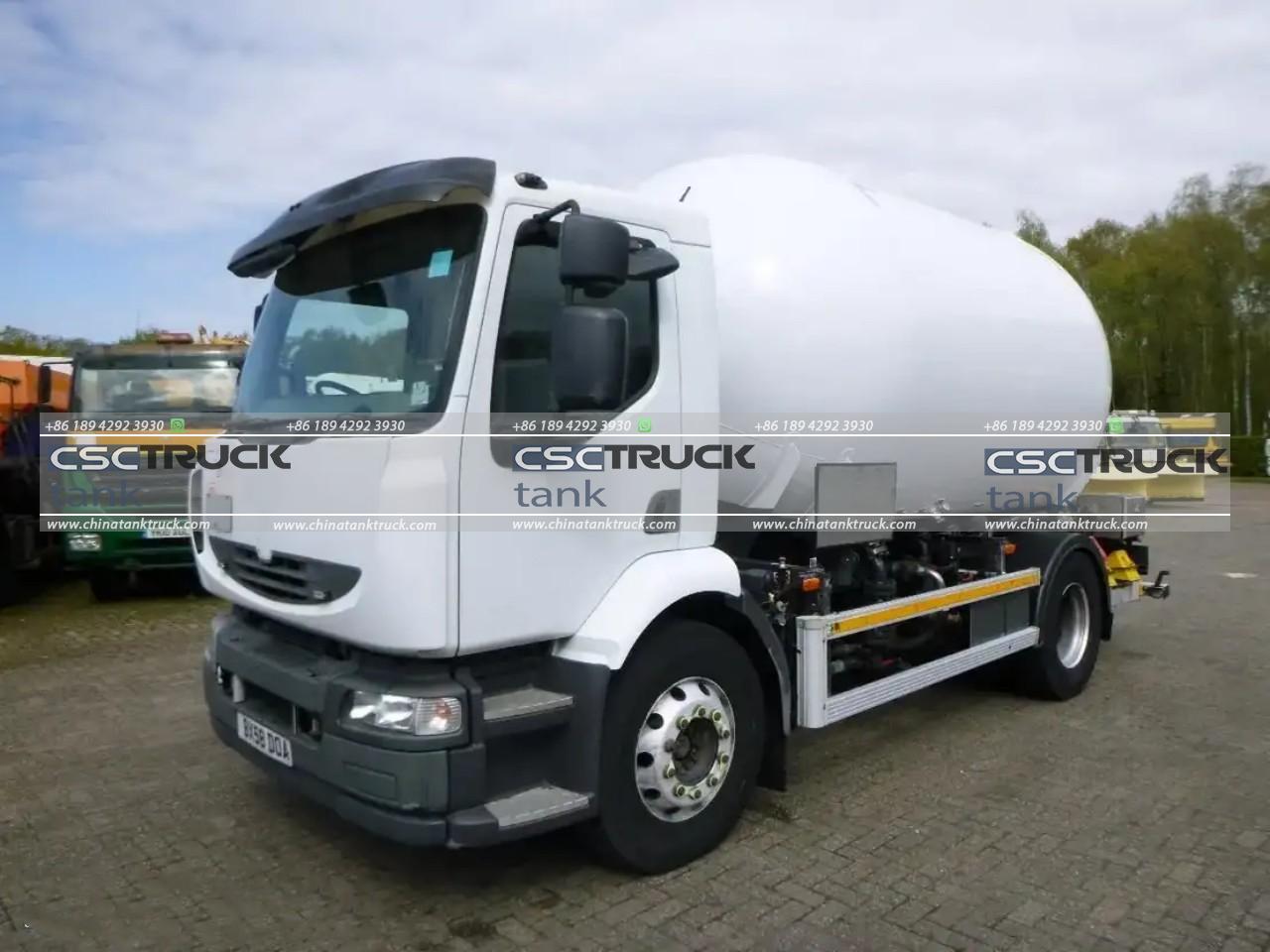
- Collaboration with Industry and Regulatory Agencies:
Collaboration between industry stakeholders, regulatory agencies, and emergency response organizations is crucial in ensuring the safe handling of gas tank truck emergencies. Industry associations and companies should engage actively in sharing best practices, participating in emergency response drills, and implementing safety measures to minimize the risk of incidents. Regulatory agencies should enforce stringent safety standards and conduct regular inspections to ensure compliance.
Conclusion:
Handling gas tank truck emergencies safely requires a well-coordinated and prepared response. Prioritizing personal safety, promptly contacting emergency services, establishing perimeters, effective communication and coordination, proper evacuation procedures, mitigating hazards, providing information to authorities, supporting affected individuals, and continuously reviewing and improving emergency plans are essential steps to ensure a safe and efficient response.
By investing in training, public awareness, collaboration, and regulatory oversight, we can mitigate the risks associated with gas tank truck emergencies and work towards a safer environment for all. Remember, safety is paramount in these situations, and a proactive approach can save lives and protect communities from the potentially devastating consequences of gas tank truck emergencies.

